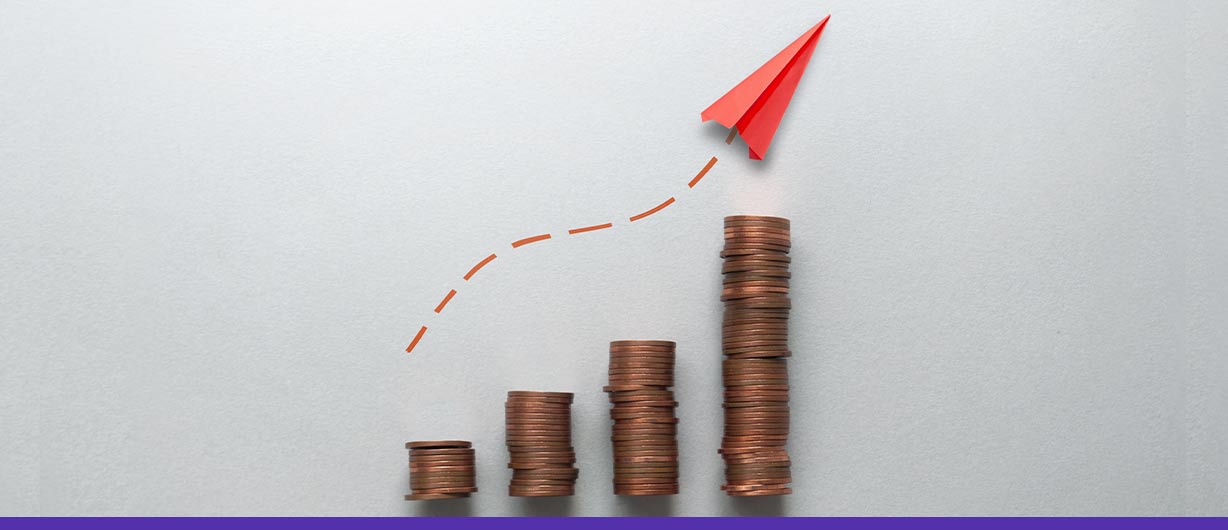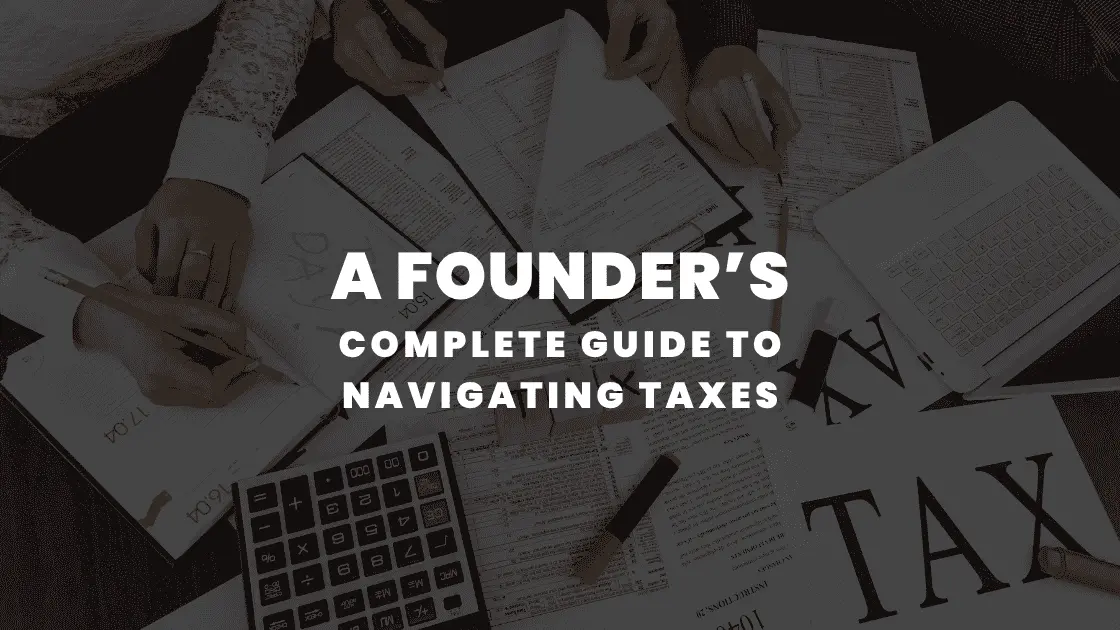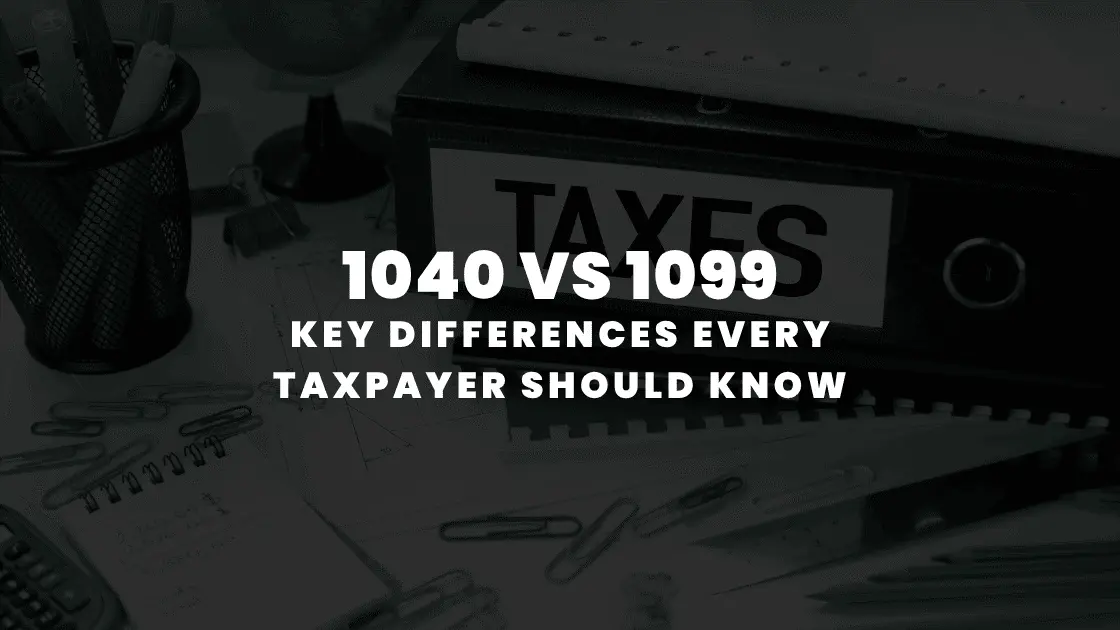December 8 2022 | By Wajiha Danish | 5 minutes Read

What Is A Cost Recovery Method?
What Is Meant By Revenue Recognition?
Cost Recovery Method Usage
How Can You Calculate Cost Recovery?
1. Calculate the project cost:
2. Track the revenue flow:
3. Determination of the profits:
Advantage of the cost recovery method:
Disadvantages of the cost recovery method:
Final Words
Cost recovery plays a crucial role when it comes to defining a business’s taxable income, and it can impact the decisions related to investment.
To understand better, let’s dig in to find out what actually is a cost recovery method.
Cost recovery is a method in which a business recognizes and classifies revenue. In this method, a business will not record the income related to the sales of products or services till the time the total money collected from the client exceeds the cost of services delivered.
The cost recovery method is also called the collection method.
To understand better, if a business owner uses a cost recovery method, he will not record the profits until the payment has been received from the client, and it covers all the expenses related to the services.
Most business owners use this method when there is uncertainty attached to the collection of receivables. The cost recovery method is known to be the most conservative revenue recognition method.
The mechanics of the cost recovery method are:
– First of all, when cash is received from a client, all of it is recognized to recover the cost of goods sold.
– Revenue and cost of sales are recognized whenever a sales transaction occurs, while on the other hand, the gross profit is mainly associated with the sales which were initially deferred.
– Once the entire cost of goods sold is recovered, the remaining amount received is termed as profit.
Revenue recognition is an accounting principle that identifies the critical points at which the income will convert into actual revenue.
Revenue recognition is a key element in accrual accounting.
The principle of revenue recognition is that revenue is recognized and recorded whenever the actual amount is earned and whenever there is a firm assurance of payment.
The cost recovery method gives an accurate angle at the financial state of the business at any time, as it does not predict revenue for the future. Because of this very reason, the cost recovery method is said to be one of the most conservative forms of revenue recognition methods in the field of accounting.
If you are still unsure whether you will receive the total amount for your products sold or for which you have invoiced your client, or if you are still unaware whether you will have all the payment by the end of one fiscal year, then cost recovery method is the best to be used. This way, you do not overestimate the revenue, and the records are accurate.
You can calculate cost recovery by following steps:
When you want to calculate the cost recovery, first of all, you have to determine the costs incurred for a project’s completion. Add all the relevant costs, such as equipment, software, or subcontractors’ costs, to calculate the project’s total cost.
You have to be on your toes to track the flow of the revenue in this method. Your client can send you a lump sum payment, or in installments, you have to track all of the revenue that is flowing into your company, as well as the costs that are still pending. In order to have cost recovery, this is one of the most critical steps.
Calculate the profits received because of the said project using the cost recovery method. You can determine the profits by subtracting the costs from the total revenue.
All of the revenue and costs must be recorded in the journal as well as in the business transactions.
A major advantage of this revenue recovery method is that If there is any kind of delay in the due date of the tax payment for the said project or products, the company gets the advantage of making the tax payable only after it has recovered the whole cost.
The business owner uses the recovery method to make savings as the records are accurate. Once the whole collection is received, only then the profit is recognized.
The only disadvantage of this method is that the company’s profits are delayed as they are calculated whenever a complete payment is received. So, if a sale pertains to one period, the company might not be able to show the income of that period if the payments are still pending.
Cost recovery is the principal method of calculating the cost of goods sold. It helps recover the business expenditure and is often referred to as the recovery of the costs related to any kind of business expense.
Business owners use the cost recovery method for revenue recognition to be on the safe side and conclude the gross profit only when the complete payment of the cost of goods sold is received.
See Also: What Does IRS Say About Depreciable & Non-Depreciable Assets
Subscribe for business tips, tax updates, financial fundamentals and more.
MORE BLOGS

Starting a business is exciting, right? There’s innovation, there’s growth potential, and the thrill of building something from scratch. But amid all the planning, entrepreneurs often […]
Learn More →
Starting a business is quite thrilling, until tax season arrives. For founders, understanding the nitty gritty of startup taxation can make a difference between financial efficiency […]
Learn More →
Tax season can be overwhelming, especially when you’re staring at multiple forms with numbers instead of names. Two of the most common, and often misunderstood, are […]
Learn More →